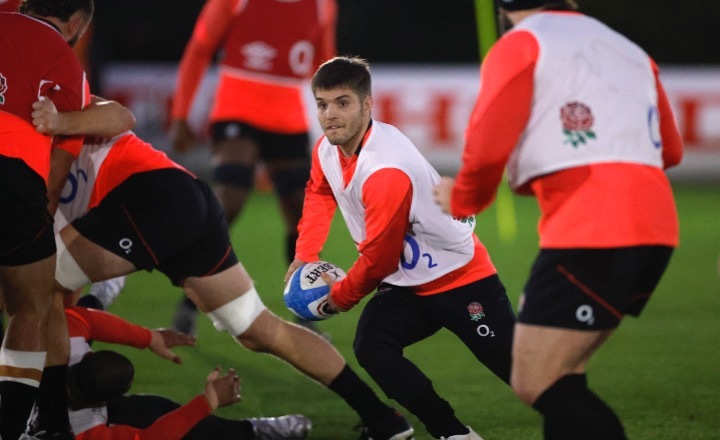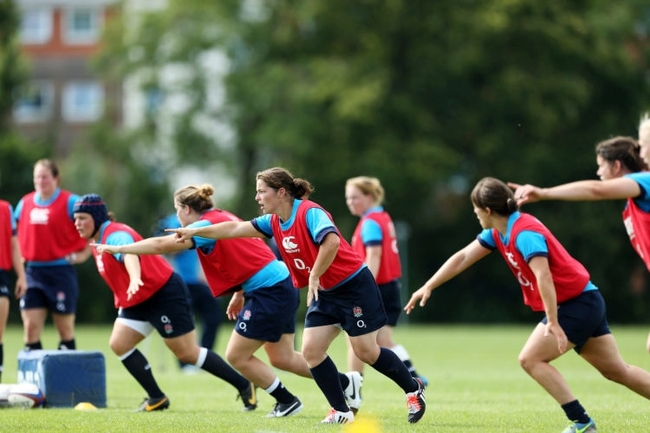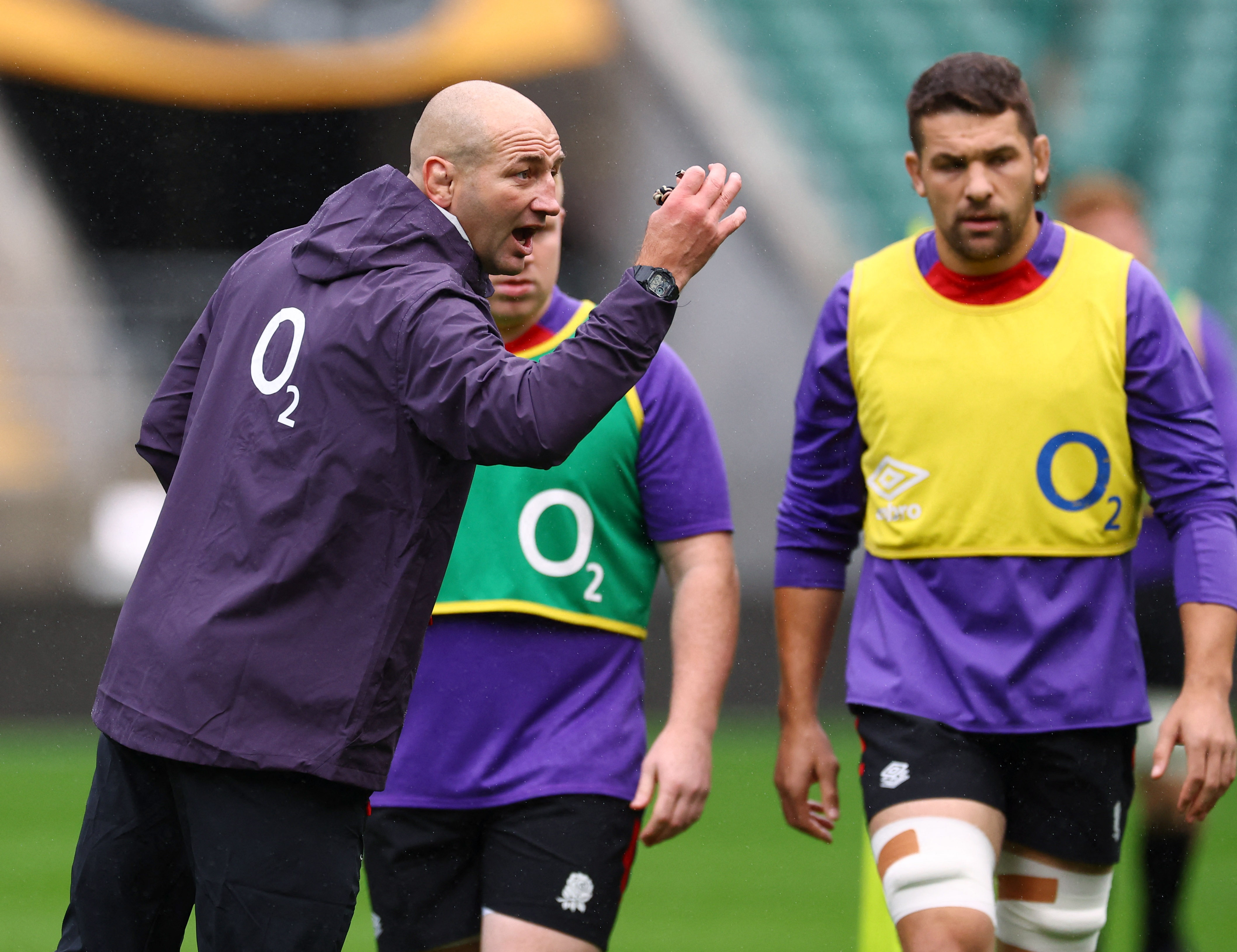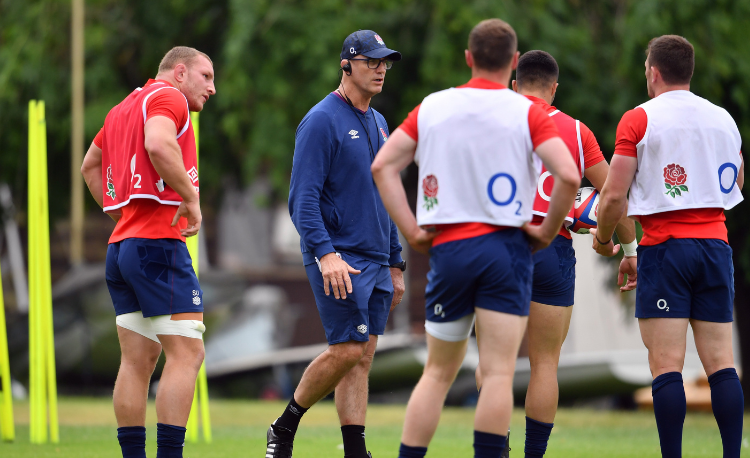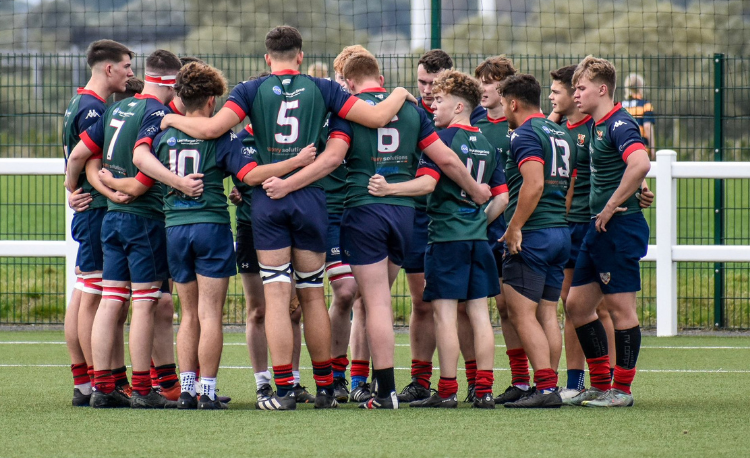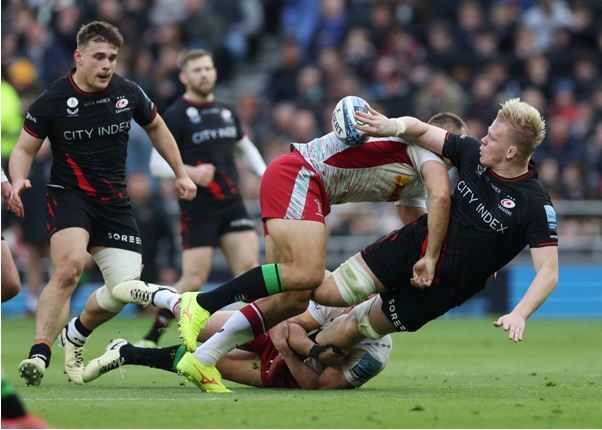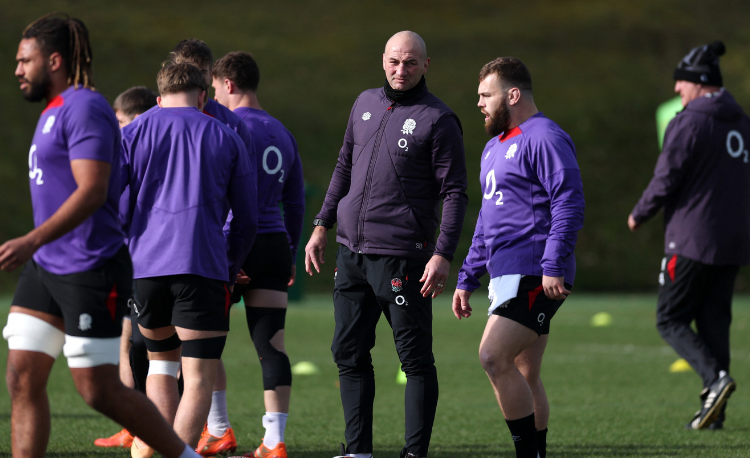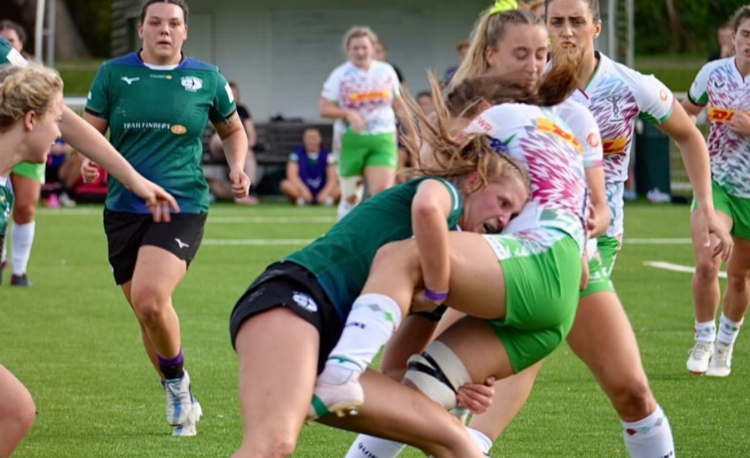Tough decisions during team run-throughs
A team run-through needs to be realistic and relevant. There are some tough decisions to make before and during the team run to make this effective says Jason Lewis, former WRU National Rugby Development Manager, and now with World Rugby.
Team runs are there to cement understanding; if minor adjustments need to be made, make them in negotiation with the player. If something isn’t working, leave it out of the game plan.
Tough decisions to change the plan
In a tournament, at the last team run before the final, we practised a game plan with some tactics developed on from previous games.
15 minutes before the end of the team run, we were in disarray because of those changes.
So, we finished the team run with some basic options and later that day I reverted back to the older tactics.
It worked for us and we produced a fantastic performance. It was hard to make the call to change back, but my gut feeling was that it was the best thing for the team.
They are your plans. Therefore you need to be happy changing them if they are not giving you what you need.
How much do you integrate the substitutes?
Some coaches believe that all the substitutes must be run during the sessions, while others believe they should act as “tackle shield holders”.
The main focus is on the starting fifteen. If you know you will make specific tactical substitutions in the game, it is wise to allow them some running time in the team run. Do not change all substitutes at the same time, but will make the actual changes you can preplan for.
For example, begin with starting fifteen, make the tactical substitutions in the middle of the team run and finish with starting XV.
What sort of defence do you use in a team run?
The is a balance to be struck in creating real pressure and achieving the positive performance you want in a team run. Logistics dictate that you will have only, at best, 7-10 players to run against. The art is to know where to place the pressure.
There will be bottlenecks in every team’s play- areas where they struggle to maintain continuity or get go forward. Strategically placing defenders in these areas will give reality to the team run in areas where you need it.
In addition, subs can provide realistic tackle lines for attacks and should be used to give some realistic pictures of what the defence will look like at set-piece or in phase play.
Depending on the pressure you want to create in the session, you can condition the defence to touch, wrap up, or go full-on.
Who runs the team run?
There are two approaches to team run: either you run it, or the team runs it.
A team run is often called the captain’s run and implies that the captain and players run it. Modern thinking is moving towards a player-centred approach, where the captain and senior players should have input into the team-run content. They may also run the team run and self-manage themselves, but probably within a framework agreed with the coach.
You will know if the players are in a position to carry this out. However, you will notice a contradiction. If a group of players can’t run the team run, how can they run the game?
On the other hand, the team run is a practical run-through of the game’s tactics. It may be the main opportunity to have a go at these tactics practically. The players can then gain a better feel for how the plans work.
As with most things, a balanced approach is often the best approach. Do part of the team run and then give over a part to the players.
Depending on how you feel the session is going will determine how much you do compared to the players. You can judge this by considering your team, its culture, its level of development, and your relationship with the players.
Newsletter Sign Up
Coaches Testimonials

Gerald Kearney, Downtown Las Vegas Soccer Club

Paul Butler, Florida, USA

Rick Shields, Springboro, USA

Tony Green, Pierrefonds Titans, Quebec, Canada
Subscribe Today
Be a more effective, more successful rugby coach
In a recent survey 89% of subscribers said Rugby Coach Weekly makes them more confident, 91% said Rugby Coach Weekly makes them a more effective coach and 93% said Rugby Coach Weekly makes them more inspired.
Get Weekly Inspiration
All the latest techniques and approaches
Rugby Coach Weekly offers proven and easy to use rugby drills, coaching sessions, practice plans, small-sided games, warm-ups, training tips and advice.
We've been at the cutting edge of rugby coaching since we launched in 2005, creating resources for the grassroots youth coach, following best practice from around the world and insights from the professional game.
